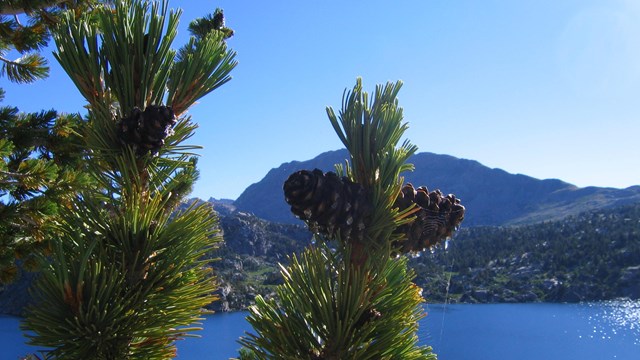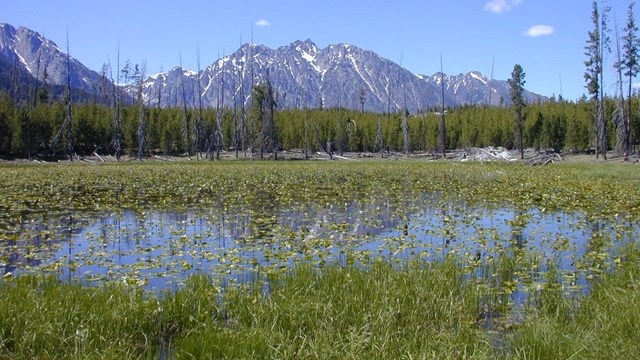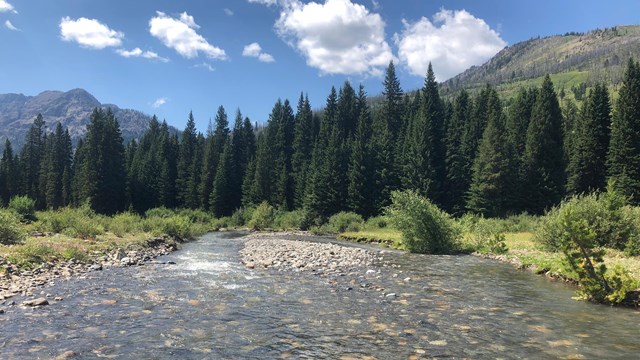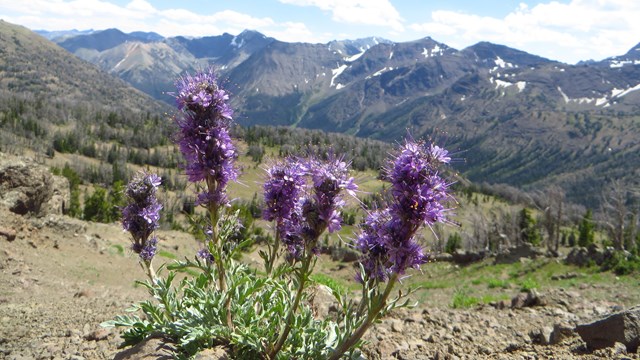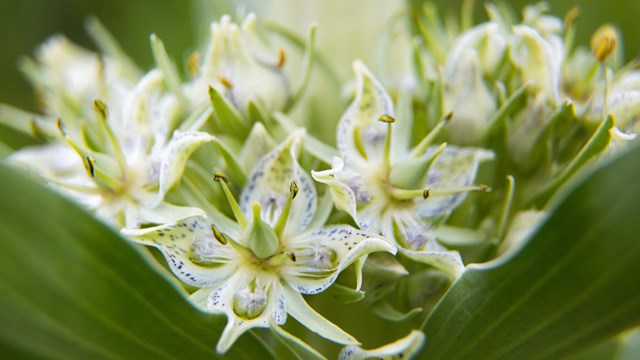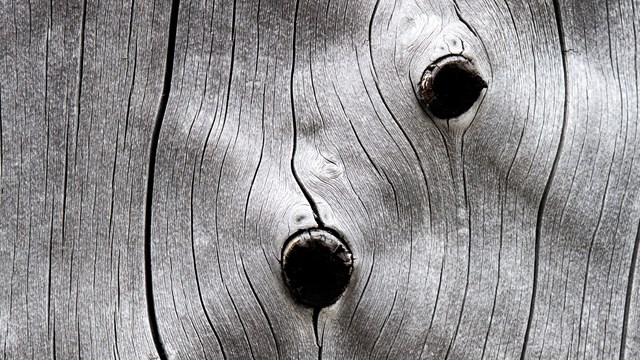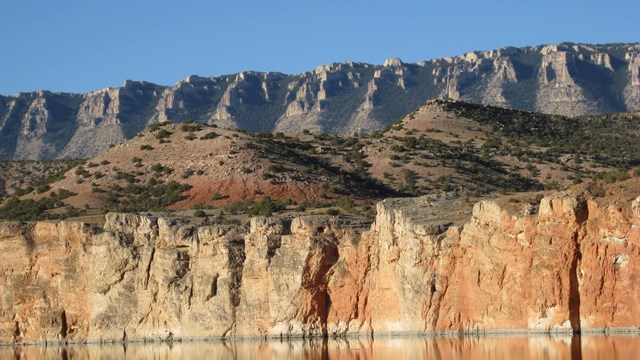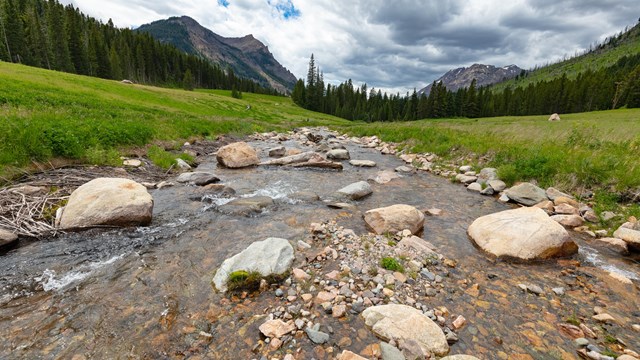Understanding Dynamic Ecosystems
From the icy heights of Grand Teton peak to the warmer and drier sagebrush steppe of the Bighorn River Basin, diverse natural resources enrich the four parks of the Greater Yellowstone Network. Network scientists and our partners inventory park species and natural features and then track the condition of a carefully selected subset over time. We call this subset “vital signs.” They include plants, animals, and ecological conditions that serve as indicators of park health.
This network is one of 32 Inventory and Monitoring networks across the country. All are working to provide park managers, researchers, and park visitors with reliable scientific information about key park resources.

